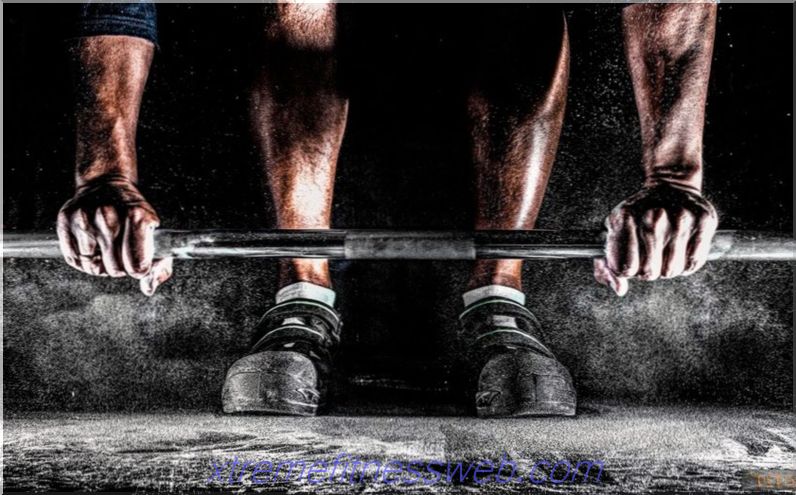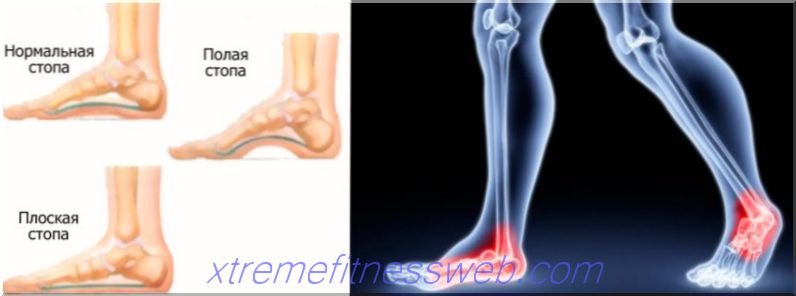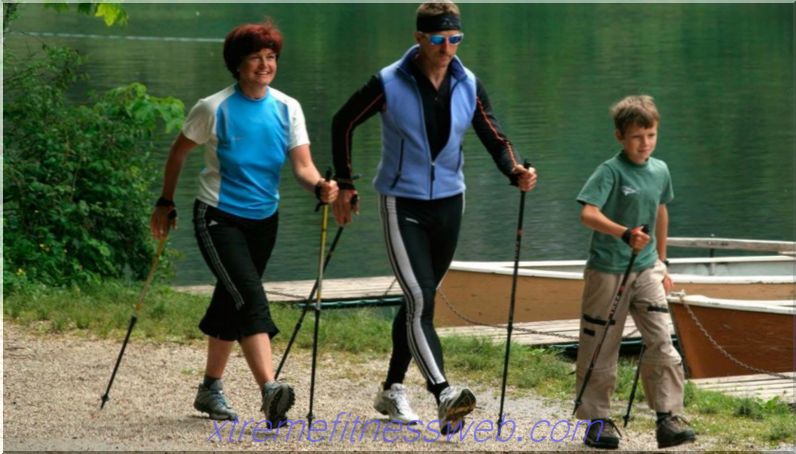
Breathing is an essential process of life. Thanks to him, the body is saturated with oxygen - an integral part of all the reactions and processes that occur in it. The ability to breathe is granted from birth, but the vast majority of people, according to physiologists, do it not quite right.
In other words, oxygen is inhaled only in quantities necessary to maintain vital activity, and most chemical reactions simply do not occur due to its lack. This leads to exhaustion, poor health, shortened life.
Content
- 1 What is breathing "> 2 How to breathe - Video
- 3 What is breathing like?
- 3.1 What is proper breathing?
- 3.2 Breathing during intense workouts
- 3.3 The Basics of Proper Breathing
- 3.4 Learning to breathe in the stomach
- 3.5 Learning how to breathe
- 3.6 General recommendations
- 3.7 How to breathe in bodybuilding - Video
What is breathing?
Vital physiological process, as a result of which organs and cells are saturated with oxygen. And the deeper the breath is taken, the more oxygen enters the body, and the saturation process occurs faster.
In the process of oxygen enrichment of the body, such a by-product as carbon dioxide is released, the output of which is through exhalation. Therefore, the more efficiently a person exhales, the faster carbon dioxide is eliminated.
Being an unconditioned (congenital) reflex, respiration is not controlled by the brain, but occurs unconsciously. If the amount of carbon dioxide in the body increases, and oxygen is not enough, then a person begins to breathe faster. This condition is characteristic of stressful situations and high physical exertion.
Lack of oxygen inhibits all metabolic processes occurring in the body and negatively affects well-being and health. This is due to the high interest in proper breathing and the relevance of this topic.
How to breathe - Video
What is breathing like?
Various organs can be involved in the respiratory process. Depending on this, the following types of breathing are distinguished:
- diaphragmatic (abdominal);
- chest (costal);
- clavicular.
Abdominal breathing is based on the contraction and relaxation of the large muscle of the diaphragm, which separates the thoracic from the abdominal. When you inhale, the diaphragm contracts, air fills the lower region of the lungs, the stomach is inflated, and when you exhale, on the contrary, the muscle relaxes, the stomach retracts.
Rib breathing is carried out by contracting the pectoral muscles and increasing the diameter of the bronchi and bronchioles during the "absorption" of oxygen, their constriction when carbon dioxide is released from the lungs. This type of breathing is most common, but not correct.
With clavicular breathing, which fills only the upper part of the lungs with air, the least air enters. Inhalation occurs when raising, and exhalation - when lowering the collarbone.
What is proper breathing?
The physiologically correct process, in which both the diaphragm and the chest are involved. When these two organs are activated, oxygen fills the lungs to the maximum, and the diaphragm simultaneously “massages” the pancreas, heart bag, kidneys, spleen, lungs and liver.
To breathe properly is to inhale air not with your mouth, but with your nose. When air enters through the mouth, gas exchange worsens. Nasal breathing, on the contrary, activates the diaphragm, and saturates the cells with oxygen as much as possible. The device of the nasal cavity is such that all air passing through it is filtered out from viruses, bacteria and dust.
Only diaphragmatic breathing, with its inherent ingress of air into the body through the nasal cavity, is correct and healthy. And, despite the fact that breathing is an unconditioned reflex, everyone can master it. It is especially important for those who devote themselves to a healthy and active lifestyle.
Breathing during intense workouts
 The effectiveness of the training and the athlete's well-being are directly dependent on accelerated metabolic processes requiring a large amount of oxygen. If during intense physical exertion, breathing becomes quicker, air enters through the mouth, then the body is catastrophically lacking oxygen. This is fraught with both a decrease in the effectiveness of the workout and stress for the whole organism, which is accompanied by increased stress on the heart muscle and blood vessels.
The effectiveness of the training and the athlete's well-being are directly dependent on accelerated metabolic processes requiring a large amount of oxygen. If during intense physical exertion, breathing becomes quicker, air enters through the mouth, then the body is catastrophically lacking oxygen. This is fraught with both a decrease in the effectiveness of the workout and stress for the whole organism, which is accompanied by increased stress on the heart muscle and blood vessels.
This condition is especially dangerous for bodybuilders and is characterized by fatigue and a breakdown, and not a feeling of pleasant fatigue after doing traction. And if a person does not know how to breathe correctly, then it is impossible to achieve any significant results both in sports and in maintaining a healthy lifestyle. Proper breathing is necessary not only when doing workouts, but also outside the gym.
The Basics of Proper Breathing
Breathing training is based on two main principles:
- the first breath is performed energetically, and subsequent breaths are exhaled smoothly and slowly;
- exhalation should always be twice as long as inhalation.
Along with these rules, there are other recommendations that will allow you to most effectively learn how to breathe correctly:
- You need to do it either in the fresh air or in a well-ventilated area;
- You need to start mastering the techniques while lying down, sitting or standing only after the exercises are mastered quite well;
- you need to train at least twice a day for five minutes;
- the rhythm of breathing should be controlled during exercise and in ordinary life;
- gradually increase the intervals between breaths taken, setting a goal - to achieve the deepest breaths possible.
Learning to breathe in the stomach
An effective technique for mastering the techniques of healthy and physiologically correct diaphragmatic breathing for a beginner is to perform the following sequence of actions:
- take a supine position;
- bend your knees;
- put your hands on your stomach;
- perform an energetic exhale;
- take a slow breath, focusing on the navel, controlling that the air does not enter the body using the chest, but with the diaphragm, when the stomach rises;
- exhale gently while pulling in the stomach.
Repeat the exercise at least 6-7 times.
Learning to breathe chest
The starting position is similar to performing diaphragmatic breathing exercises. The difference is that the hands are not placed on the stomach, but on the chest. Training chest breathing involves making slow breaths and exhalations, during which all attention is focused on the ribs.
Exercise similar to the previous one is recommended to be repeated 6-7 times.
General recommendations
It is necessary to constantly control breathing, not limited only to the implementation of the techniques presented. The main goal in mastering proper and healthy breathing is to bring this process to automatism. From the beginning of classes to the moment when a person, without thinking and without any control, begins to breathe as deep as possible, it can take from one to three months.
There are more complex breathing techniques aimed at mastering all types of breathing for inhalation and exhalation. At the same time, yoga and professional divers can breathe through the chest, diaphragm and collarbone. This once again proves that the possibilities of man are endless.
How to breathe in bodybuilding - Video








